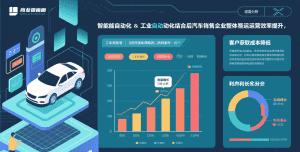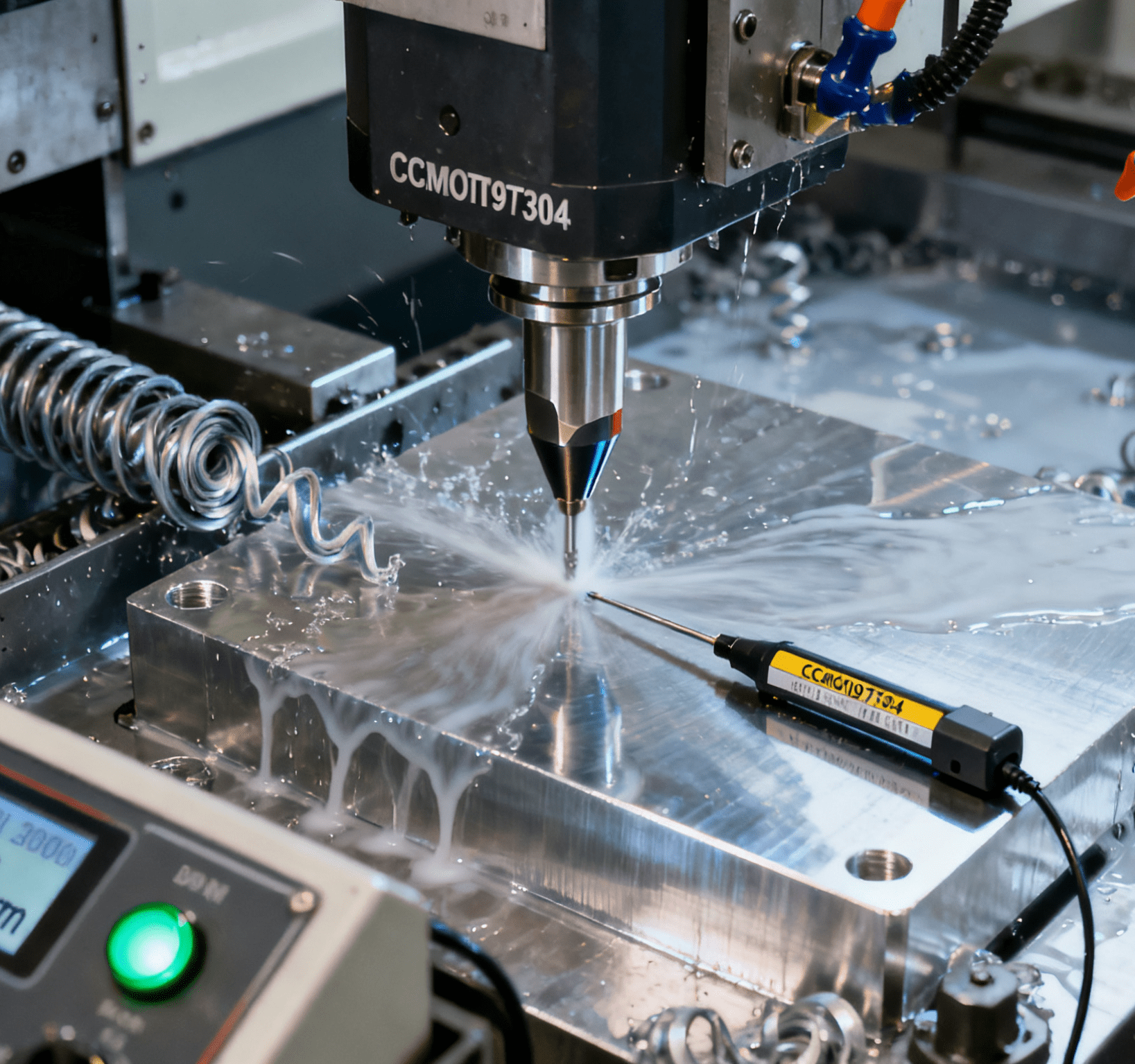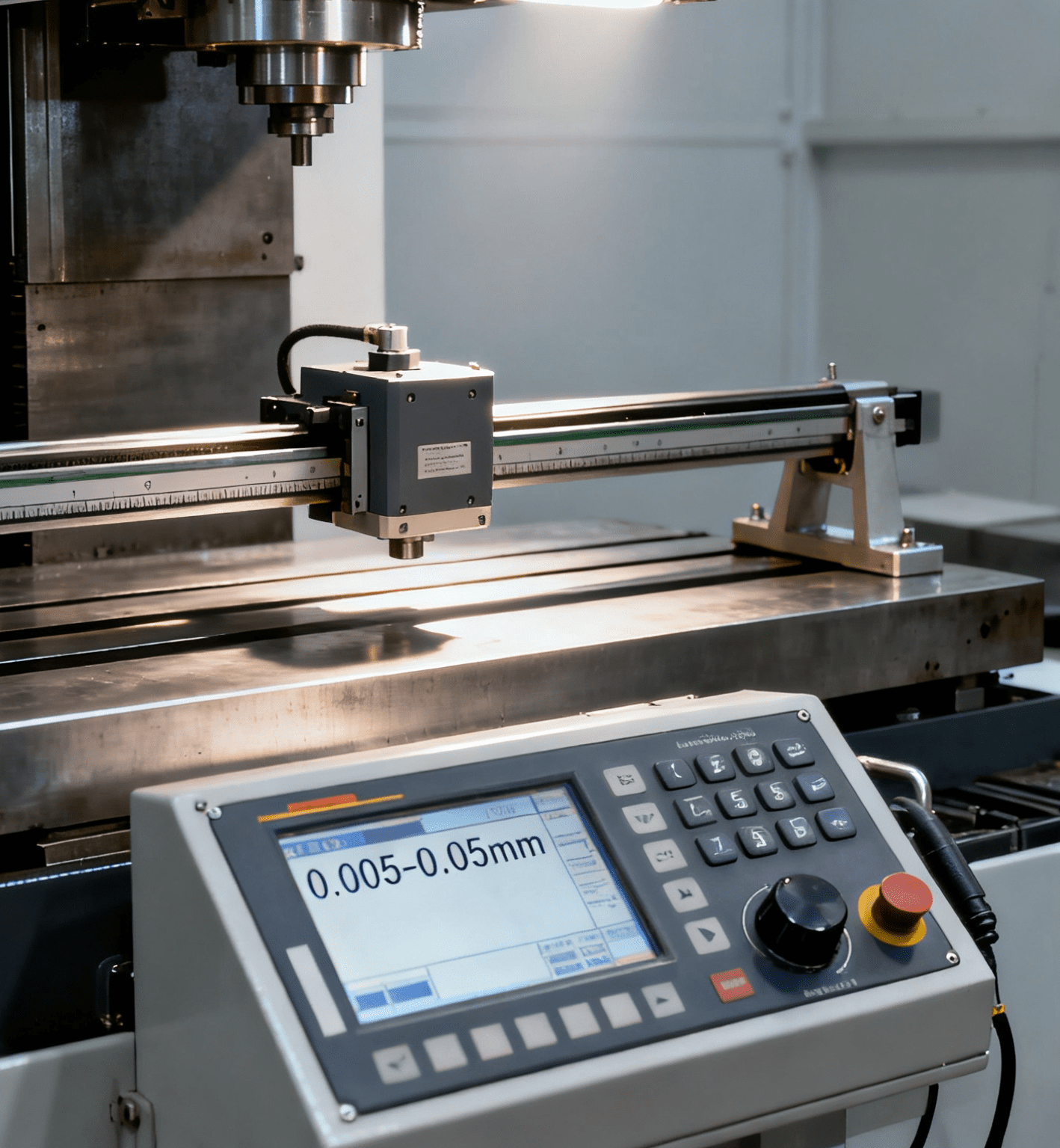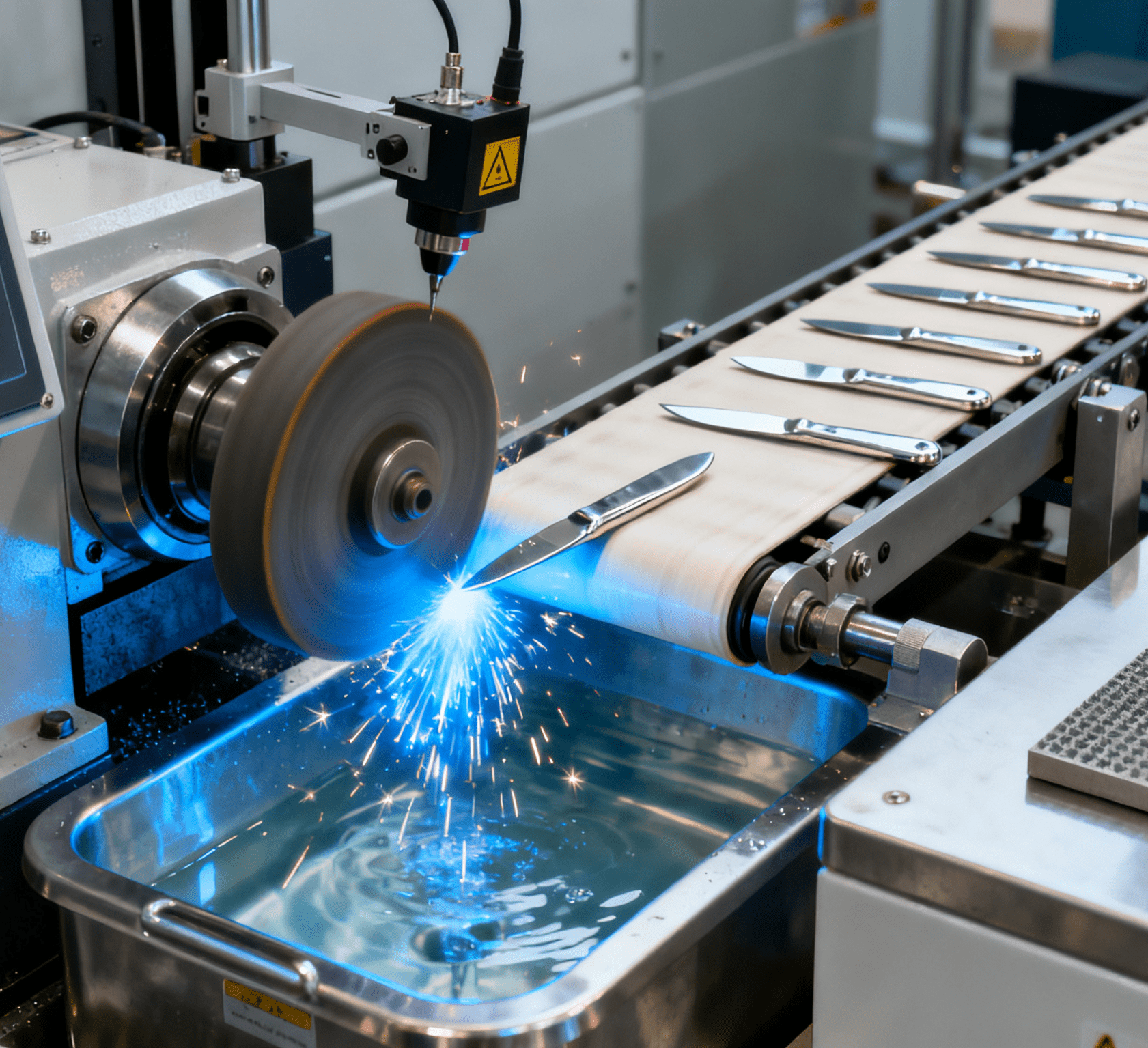Table of Contents
ToggleHow Intelligent Automation and Industrial Automation Are Revolutionizing Automotive Sales: Cutting CAC and Driving Efficiency with Automation Equipment

The automotive industry stands at the crossroads of two transformative forces: intelligent automation and industrial automation, powered by advanced automation equipment. While industrial automation has long optimized manufacturing processes (e.g., robotic assembly lines, IoT-enabled quality control), intelligent automation is now reshaping the sales and customer acquisition landscape—dramatically reducing costs while delivering hyper-personalized experiences at scale. As automotive brands grapple with rising customer acquisition costs (CAC) and intensifying competition, the integration of these technologies is no longer optional but essential.
The CAC Crisis in Automotive Sales
Customer Acquisition Cost (CAC) has become a critical pain point for automotive businesses. Traditional sales models rely on manual lead generation, high-cost advertising, and fragmented workflows—all of which inflate CAC. Recent data from McKinsey (2024) reveals CAC in the sector has surged 20-30% over the past three years, driven by rising digital ad costs and inefficient human-driven processes. Meanwhile, industrial automation in manufacturing has proven its cost-saving prowess (e.g., robotics reducing production waste), but sales and marketing lagged—until intelligent automation emerged as the missing link.
How Intelligent Automation Transforms Sales Efficiency
Intelligent automation leverages AI, machine learning, and automation equipment (e.g., conversational bots, predictive analytics platforms) to streamline sales funnels. Unlike traditional methods, it enables:
- Autonomous Lead Management: AI-powered automation equipment(e.g., chatbots) can handle thousands of customer interactions simultaneously, qualifying leads in real time and routing high-value prospects to human sales teams. For example, a leading automotive brand deployed AI chatbots to automate 80% of initial inquiries, cutting lead response time from 48 hours to instant—and reducing CAC by 25% in one year (Gartner, 2024).
- Data-Driven Personalization: By analyzing vast datasets (e.g., browsing behavior, purchase history), intelligent automationcrafts personalized messages at scale. A dealership chain used AI to tailor email campaigns to individual preferences (e.g., electric vehicle models for eco-conscious buyers), achieving a 22% CAC reduction and 15% higher conversion rates (Salesforce, 2024).
- Cross-Functional Synergy with Industrial Automation: The integration of intelligent automationin sales with industrial automation in manufacturing creates a closed-loop system. For instance, AI-driven sales tools can sync with factory robotics to offer real-time customization options (e.g., “Configure Your EV in 30 Seconds”), aligning customer expectations with production capabilities—a strategy that reduces post-sale adjustments and boosts satisfaction.
Real-World Impact: Brands Winning with Automation
Case studies highlight the tangible ROI of intelligent automation and automation equipment:
- Global OEM Example: A major automotive manufacturer deployed AI-powered automation equipmentto automate 70% of its digital marketing workflows, from social media ads to lead nurturing. This reduced CAC by 28% while increasing lead-to-sale conversion by 18%.
- Dealership Network: A regional dealership chain integrated intelligent automationinto its CRM, using predictive analytics to identify high-value prospects. By focusing human efforts on these leads, they cut sales cycle time by 35% and reallocated 40% of their marketing budget to high-ROI channels.
Challenges and the Path to Scalable Automation
Adopting intelligent automation isn’t without hurdles. Smaller dealerships often struggle with upfront costs for automation equipment and resistance to retraining staff. However, cloud-based solutions and modular AI tools (e.g., pay-as-you-go chatbot platforms) are lowering barriers. Meanwhile, industrial automation providers are expanding into sales-tech ecosystems—for example, robotics companies now offering end-to-end solutions that span factory floors to customer interfaces.
The Future: A Fully Automated Automotive Ecosystem
As intelligent automation and industrial automation converge, the automotive sector is moving toward a seamless, end-to-end automated ecosystem. Imagine a world where:
- Automation equipmentin factories (e.g., collaborative robots) builds vehicles tailored to real-time customer orders submitted via AI-powered sales apps.
- Intelligent automationpredicts maintenance needs (via IoT sensors) and proactively offers service appointments—turning post-sale interactions into revenue streams.
- CAC is optimized not just by cost-cutting but by intelligent automation’sability to nurture long-term customer loyalty through hyper-relevant engagement.
In this future, automotive brands that master the trifecta of intelligent automation, industrial automation, and automation equipment will not only dominate CAC reduction but redefine the entire customer lifecycle—from first inquiry to lifelong advocacy. The message is clear: In an industry where efficiency and personalization are king, automation isn’t just a tool—it’s the blueprint for survival.




















